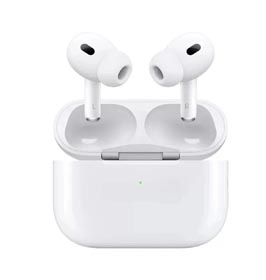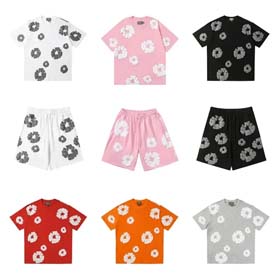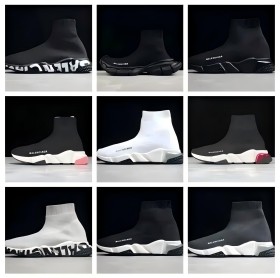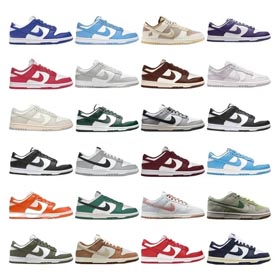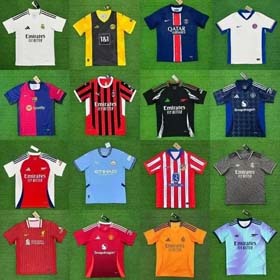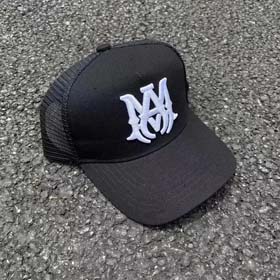Founded in 1856 by Thomas Burberry, this iconic British luxury house began as a small outfitter's shop in Basingstoke, Hampshire. What started as a humble endeavor would grow into a global symbol of innovative design and quintessential British style. Burberry's distinct identity emerged in 1880 with the invention of gabardine—a breathable, waterproof, and tear-resistant fabric that would dominate outerwear and revolutionize the trench coat.
Key Moments in Burberry History
- 1901:
- 1914-1918:
- 1920s:
- 1955:
- 1914-1918:
The trademark check pattern, introduced in the 1920s as a trench coat lining, later became a global status symbol despite periods of overexposure that required strategic rebranding.
The Reinvention of British Iconography
When creative director Christopher Bailey joined in 2001, he masterfully balanced heritage with modernity—showcasting traditional trench coats with bold robotics projections at London Fashion Week. Recent collections under current creative chief Daniel Lee blend Burberry’s countryside roots (think: foxes, ducks, and knights) with urban streetwear edge.
Unlike French or Italian luxury contemporaries, Burberry's DNA is tied intrinsically to British cultural history—from Shakespearean stage costumes to contemporary music collaborations with Skepta and Stormzy.
Bridging Heritage and Digital Frontiers
Beyond fabric technology, Burberry pioneered digital engagement among luxury brands—launching the first interactive runway shows, digital pop-up stores with WeChat, and NFT collections. Its 2023 “Night Creatures” campaign
Today, Burberry stands as a £4 billion empire with 400+ stores worldwide, yet maintains semi-annual shows at its London Kennington Park studios—proving innovation needn’t erase heritage.


